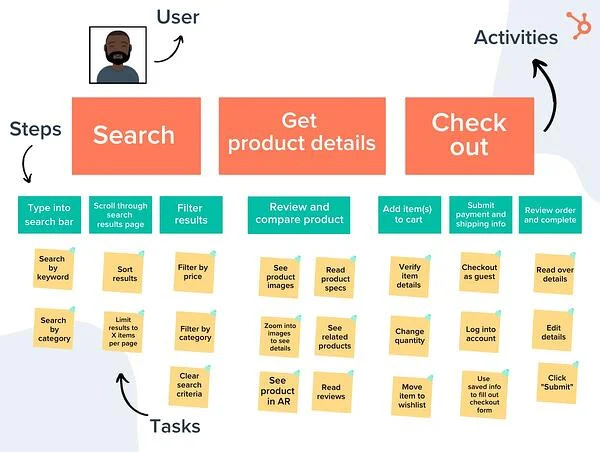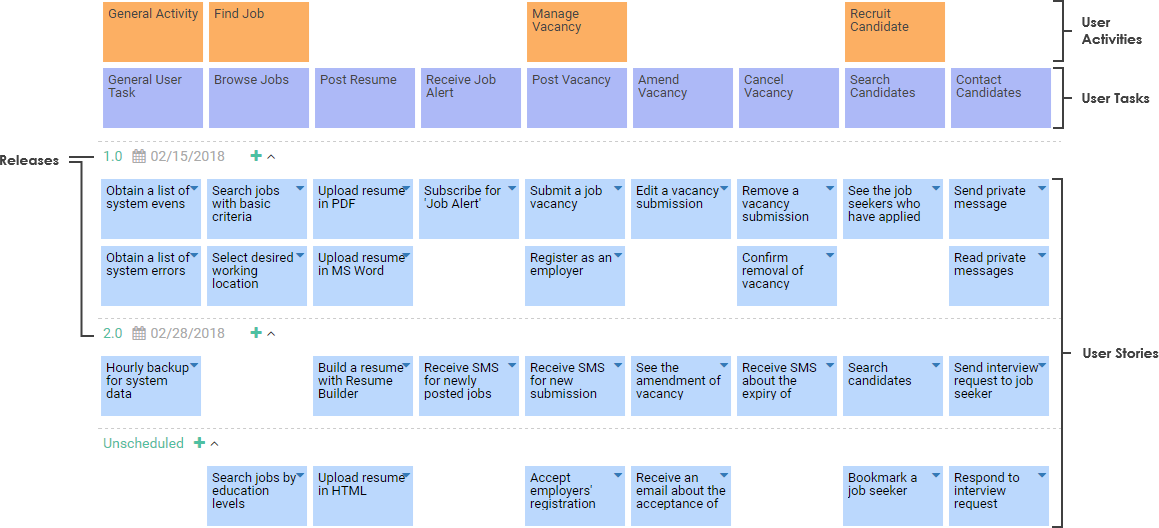User Story Mapping
Quick introduction about user story mapping mindset
What to expect?
Intro about user story mapping mindset
User Story Mapping
User story mapping is helpful in the brainstorming & planning phases, for any-kind problems. This is used extremely in product management.
Things must start with a user statement, product, or project vision
We help <who>, to <do what>, by <how>?
For example:
We help <new user> to <easily start with web3> by <providing the simplest onboarding flow and tools for the user to try out web3 services seamlessly>.
Define the backbone
Define user activities (user journey)
Within each activity, define smaller actions that users can do. Each item here will be 1 Epic in Jira
Define as many tasks as possible for each Epic
In each Epic, think of all the tasks that users can do and list them down
Each task will be 1 User Story in Jira, hence it must be small enough for the team can quickly understand, define, clarify, and implement it within the sprint.
Prioritize tasks and group them into releases
Releases ain’t sprints. Group the tasks by a few rules:
Is the task clear enough for the team to start working on?
How important the task is to the business and the product vision?
Examples
A few examples copied from Google




